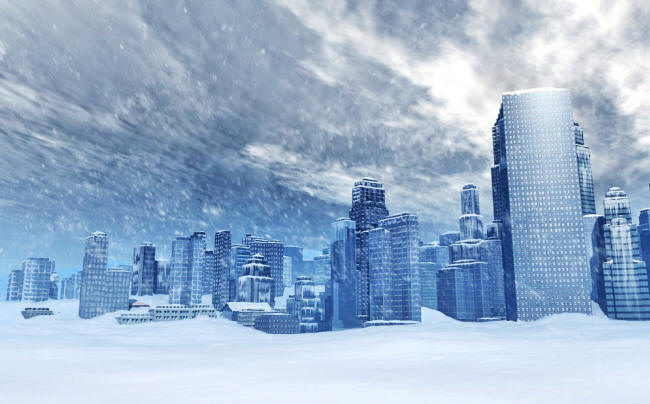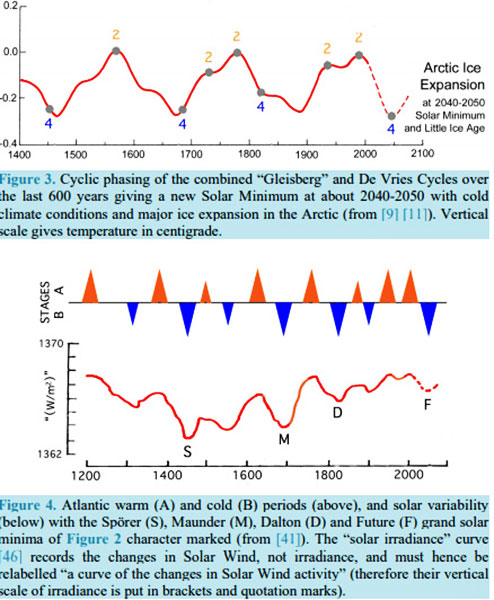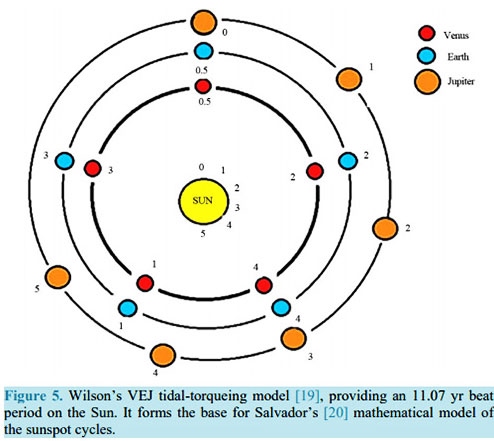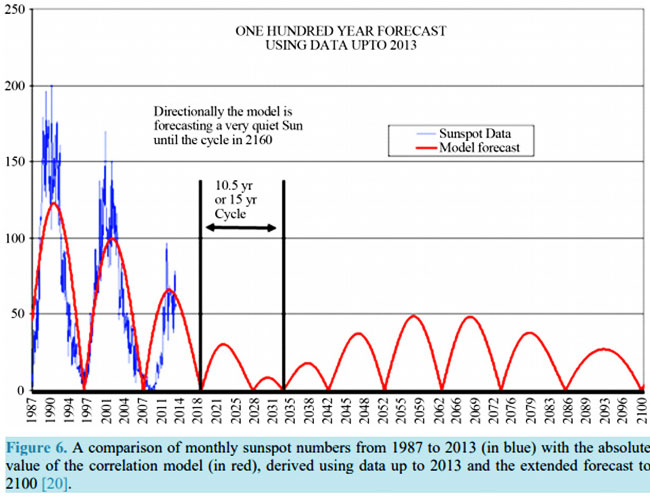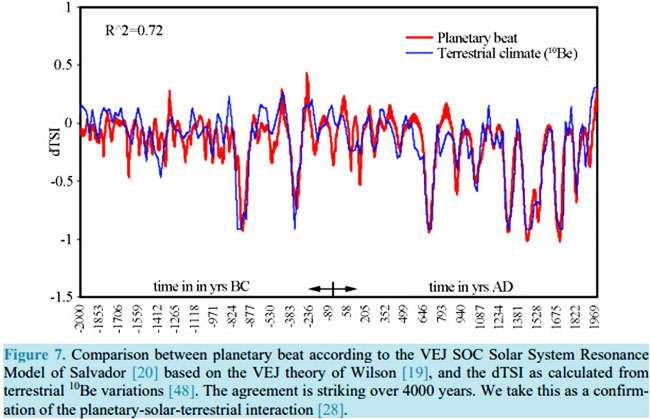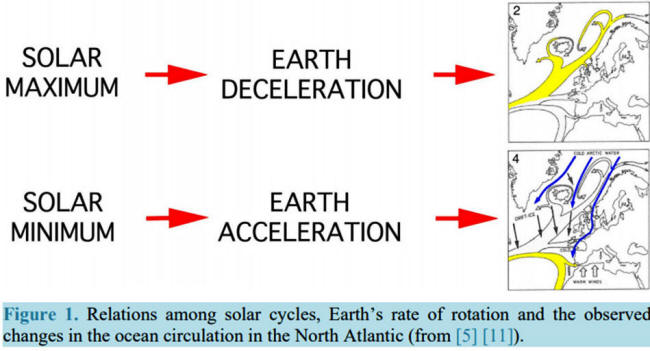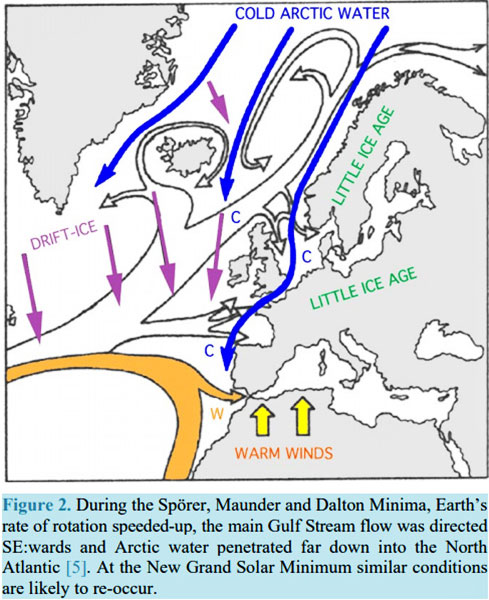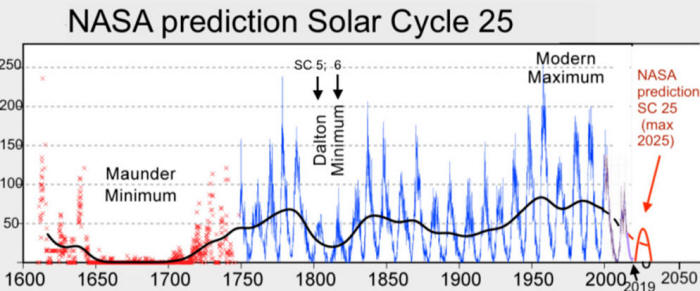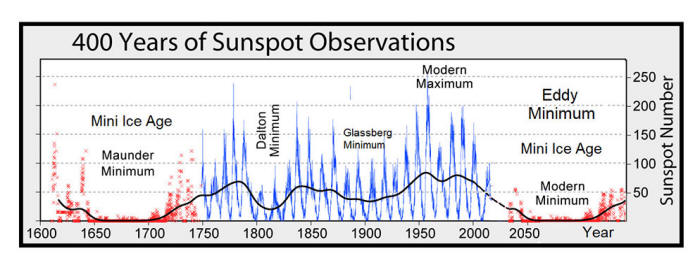|
by Cap Allon from Electroverse Website
He retired in
2005 and since has dedicated his days to disproving the IPPC's
thermageddon
nonsense while also warning of a coming
Grand Solar
Minimum.
These conclusions were quite straightforward, writes Mörner, and were included in a Special Issue of PRP:
This sheds serious doubts on the issue of a continued, even accelerated, warming as proposed by the IPCC project.
This quite innocent - and very true - conclusion made the publisher take the quite remarkable step to close down the entire scientific journal.
This closing down gave
rise to turbulence and objections within the scientific community.
But it didn't stop Mörner. He kept publishing scientific works
regarding the impending GSM.
This is evident from multiple studies of quite different characteristics, writes Mörner:
During the previous grand solar minima, i.e.,
...the climatic
conditions deteriorated into Little Ice Age periods.
Salvador's model had an 85% correlation with the sunspot numbers observed for 1749-2013, and made,
Therefore, it justified
an extrapolation for the next century, as shown below.
This is also the case when we consider the cyclic relations between Earth's rotation, ocean circulation, and Arctic climate. During the last three grand solar minima - the Spörer, Maunder and Dalton Minima - global climate experienced Little Ice Age conditions.
Arctic water penetrated
to the south all the way down to Mid Portugal, and Europe
experienced severe climatic conditions. The Arctic ice cover
expanded significantly.
The mathematical model by Salvador seems to provide an excellent tool for the prediction of future sunspot variations.
The COLD TIMES are returning, the mid-latitudes are REFREEZING, in line with historically low solar activity, cloud-nucleating Cosmic Rays, and a meridional jet stream flow.
And both NOAA and NASA appear to agree, if you read between the lines, with,
|


